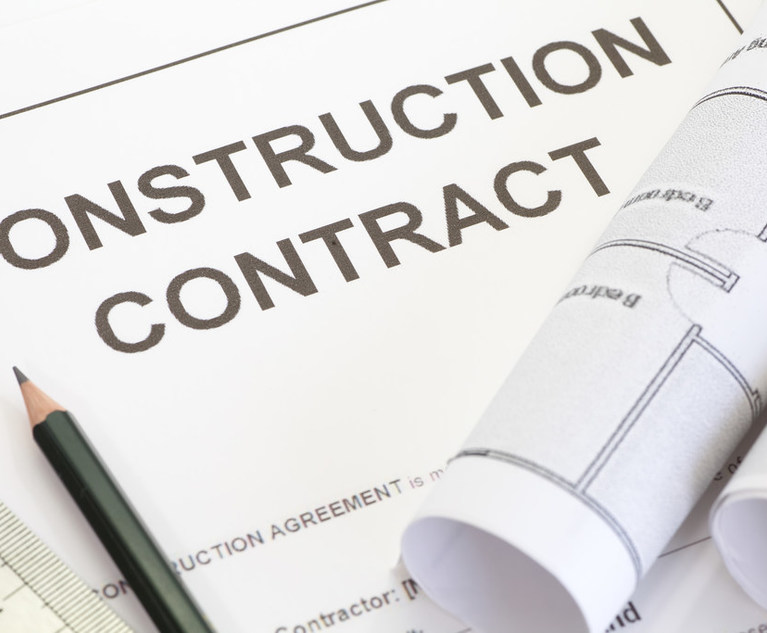Lawyers are often asked to prepare and negotiate agreements with architects and contractors. When using standardized industry form agreements such as the American Institute of Architects Contract Documents (“AIA forms”), one should consider whether the one-size-fits-all forms fit the unique needs of the project and how the pitfalls in the forms should be addressed. Below are five pitfalls and practice tips on how they can be addressed.
 Melissa Billig, partner at Tannenbaum Helpern Syracuse & Hirschtritt
Melissa Billig, partner at Tannenbaum Helpern Syracuse & Hirschtritt
Pitfall #1: A Poorly Defined Scope of Work Can Result in Additional Costs. AIA forms should be tailored to meet project requirements and party expectations, which requires an early understanding of the project scope, budget and schedule. Architectural agreements should identify basic services and what triggers additional services. Friction points in scope can include poorly defined deliverables, early bid packages and out of sequence work requirements, cost estimating and timing, and value engineering and re-design to budget requirements. Mutual agreement on scope will avoid unexpected fee creep.
 Brandon Reiner, partner at Tannenbaum Helpern Syracuse & Hirschtritt. Courtesy Photo
Brandon Reiner, partner at Tannenbaum Helpern Syracuse & Hirschtritt. Courtesy Photo







